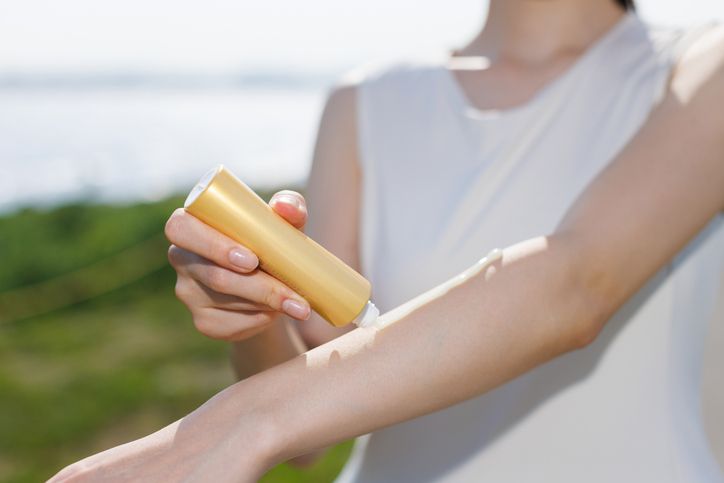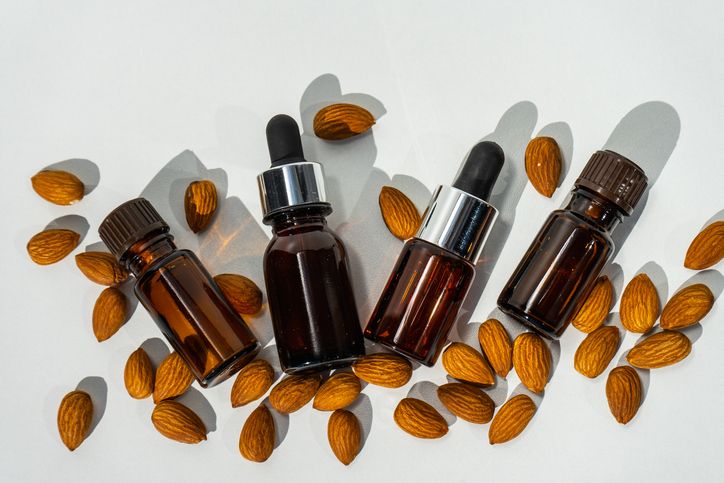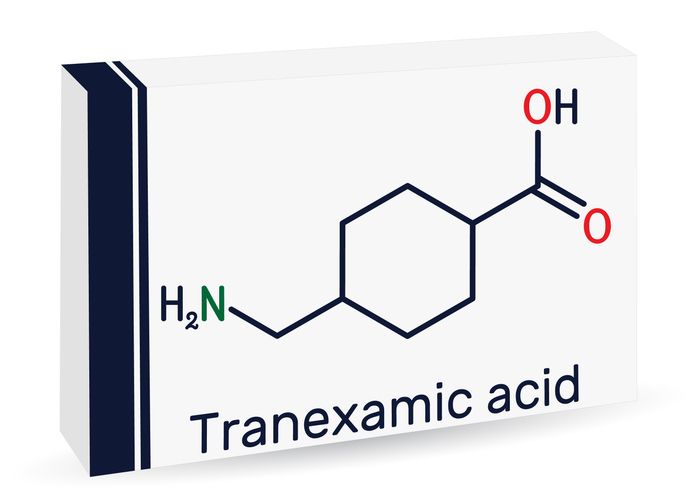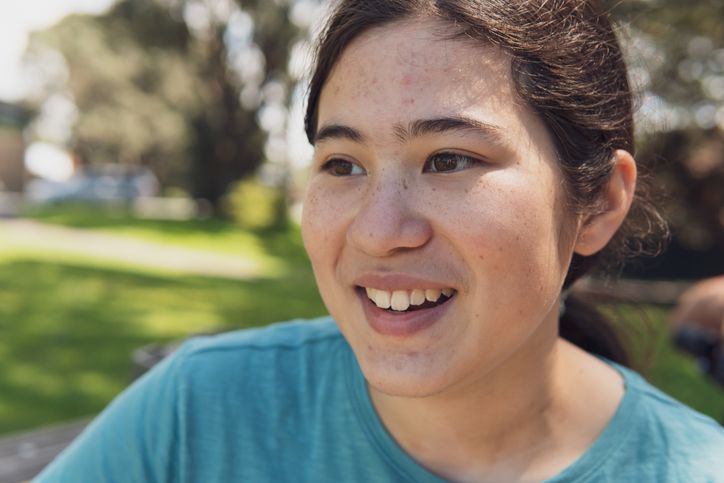- Home
- Trend
- Weight Loss Strategies
- Acne Tips
- Hair Health Information
- Blemish Removal Tips
- Acne Scar Removal Tips
- Muscle Building Techniques
- Intimate Care Tips
- Postpartum Intimate Care
- Eye Bags Wiki
- Tips for Face Slimming
- Secret of Permanent Hair Removal
- Breast Enlargement Tips
- Cure to Snoring
- Marionette Lines
- Skin-Tightening Secrets

免費體驗
A3 Laser Hair Removal Treatment
1 Minute Self-Registration
Date should not be before minimal date
Ingrown hairs can be a bothersome and unsightly issue for many individuals. They occur when a hair strand curls back into the skin, leading to inflammation, redness, and sometimes painful bumps. These pesky ingrown hairs, also known as razor bumps, are a common concern, particularly for those who engage in hair removal practices such as shaving, waxing, or threading. This article will provide you with a comprehensive guide on how to prevent and treat ingrown hairs, while also shedding light on the underlying causes and the importance of proper skincare.
1
How Could Ingrown Hairs Happen?
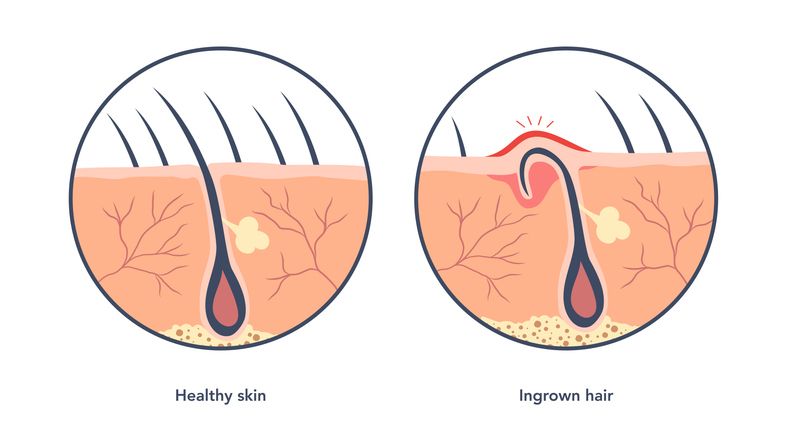
The role of dead skin cells
Hair curling
Tight clothing
Improper hair removal techniques
2
Ingrown Hair Has Appeared! What Should I Do When Ingrown Hair Occurs?
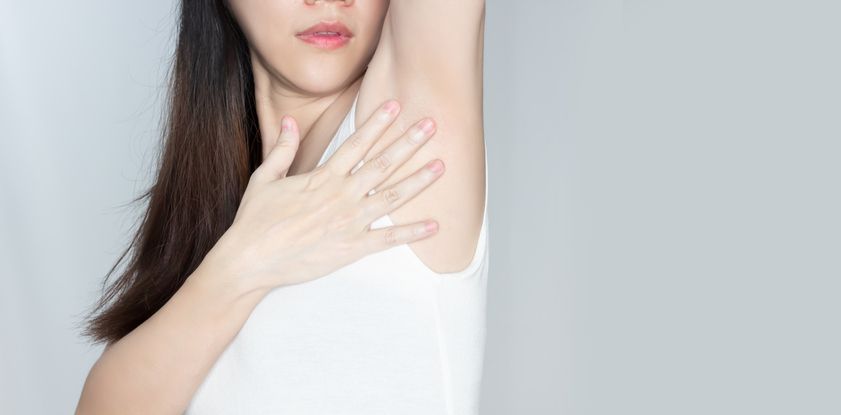
1. Warm compress
2. Do Not Pick or Scratch
3. Topical antibiotics
4. Tweezers for visible hair
5. Professional extraction
6. Steroid creams
- The Guide to Laser Hair Removal — What's The Difference Between Single And Dual Wavelength Lasers? Which Clinic Is Best?
- Full Body Hair Removal: Which Type Of Laser Suits Your Skin Tone?
- Which Home Laser Hair Removal Device Is Best? A Comparison Of 4 Popular IPL Devices & How Many Sessions You Really Need
- Heat Rash Or Razor Burn? How To Tell The Difference And Find The Best Intervention
3
Prevent Ingrown Hair from Getting Worse: Prepare These Allies at Home
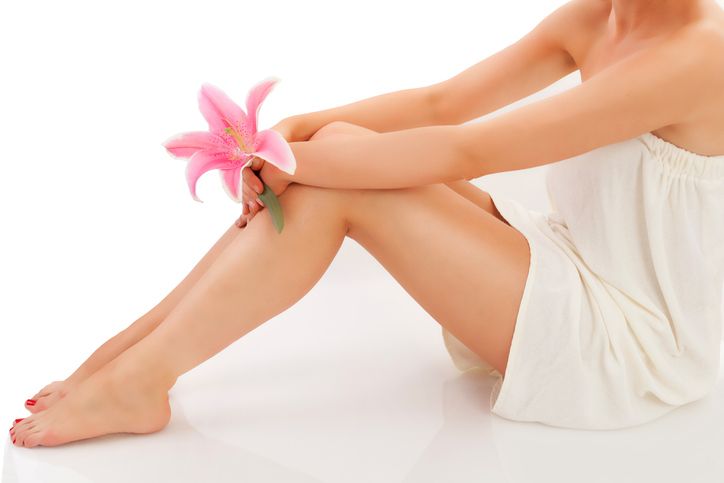
1. Tea tree oil
2. Aloe vera
3. Honey
4. Cucumber
5. Baking soda paste
6. Witch hazel
7. Aspirin paste
4
More Tips on Prevention of Ingrown Hairs
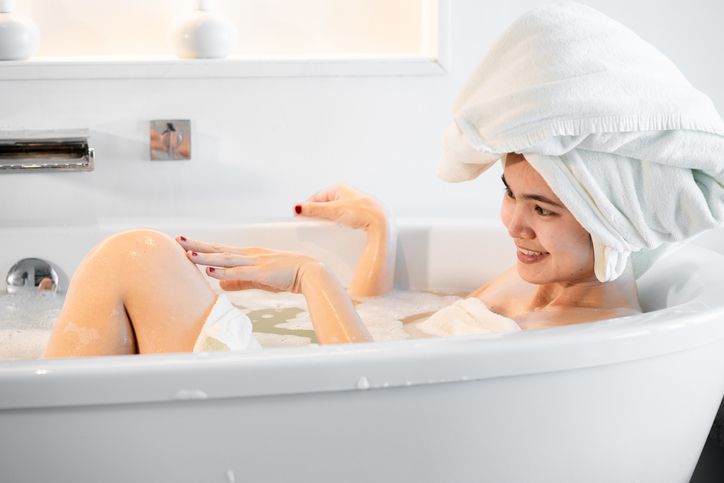
1. Exfoliation is key
2. Proper shaving techniques
3. Hair removal alternatives
4. Hydrate and moisturise
5. Avoid tight clothing
6. Use salicylic acid
7. Prevent ingrown hairs with Perfect Medical!

免費體驗
A3 Laser Hair Removal Treatment
1 Minute Self-Registration
Date should not be before minimal date
5
Last Few Words
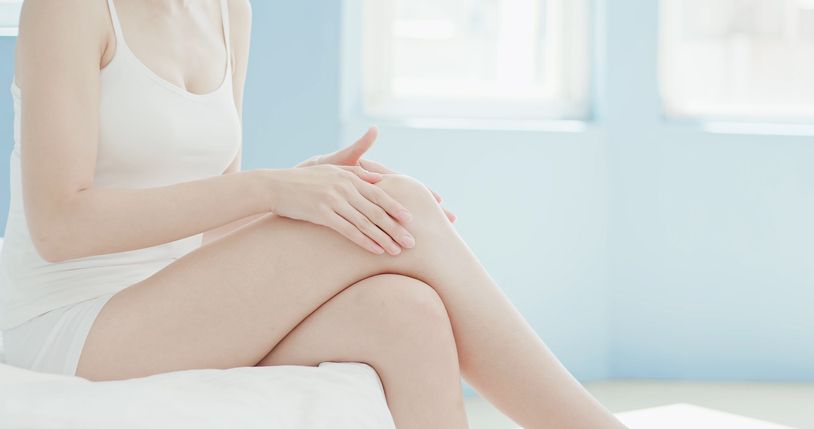

免費體驗
A3 Laser Hair Removal Treatment
1 Minute Self-Registration
Date should not be before minimal date
FAQ

1. How long does it take for an ingrown hair to go away?
The duration for an ingrown hair to resolve varies from person to person and depends on factors such as the hair's depth, the level of inflammation, and how well it is managed. In most cases, mild ingrown hairs can resolve within a few days to a week, while more severe cases may take longer.
2. Can ingrown hairs lead to infections?
Yes, ingrown hairs can become infected if bacteria enter the hair follicle. Signs of infection include increased redness, swelling, pain, and the presence of pus. It's essential to keep the area clean and use an over-the-counter antibiotic cream if infection is suspected.
3. Are there specific products that can help prevent ingrown hairs?
Yes, products containing salicylic acid, glycolic acid, or benzoyl peroxide can be effective in preventing ingrown hairs. These ingredients help exfoliate the skin and keep the hair follicles clear. Make sure to follow the product instructions and use them as part of your regular skincare routine.
4. Can ingrown hairs cause scarring?
Yes, if ingrown hairs are repeatedly picked, squeezed, or become infected, they can lead to scarring. It's crucial to avoid these behaviors and seek professional help if needed to minimize scarring.
5. Can anyone get ingrown hairs?
Ingrown hairs can affect anyone, but they are more common in individuals with curly or coarse hair. Additionally, people who engage in frequent hair removal practices, such as shaving or waxing, are at a higher risk of developing ingrown hairs.





